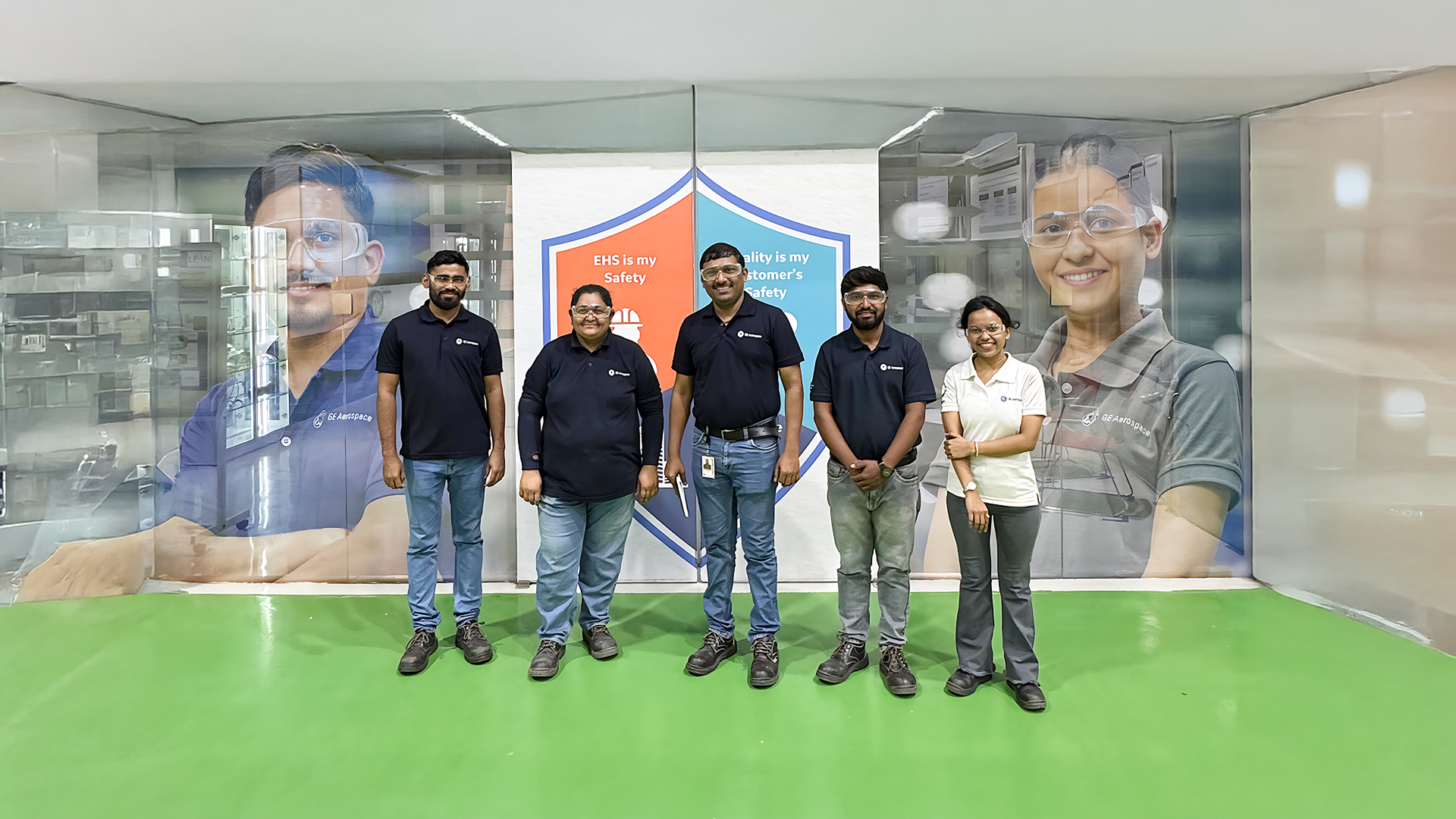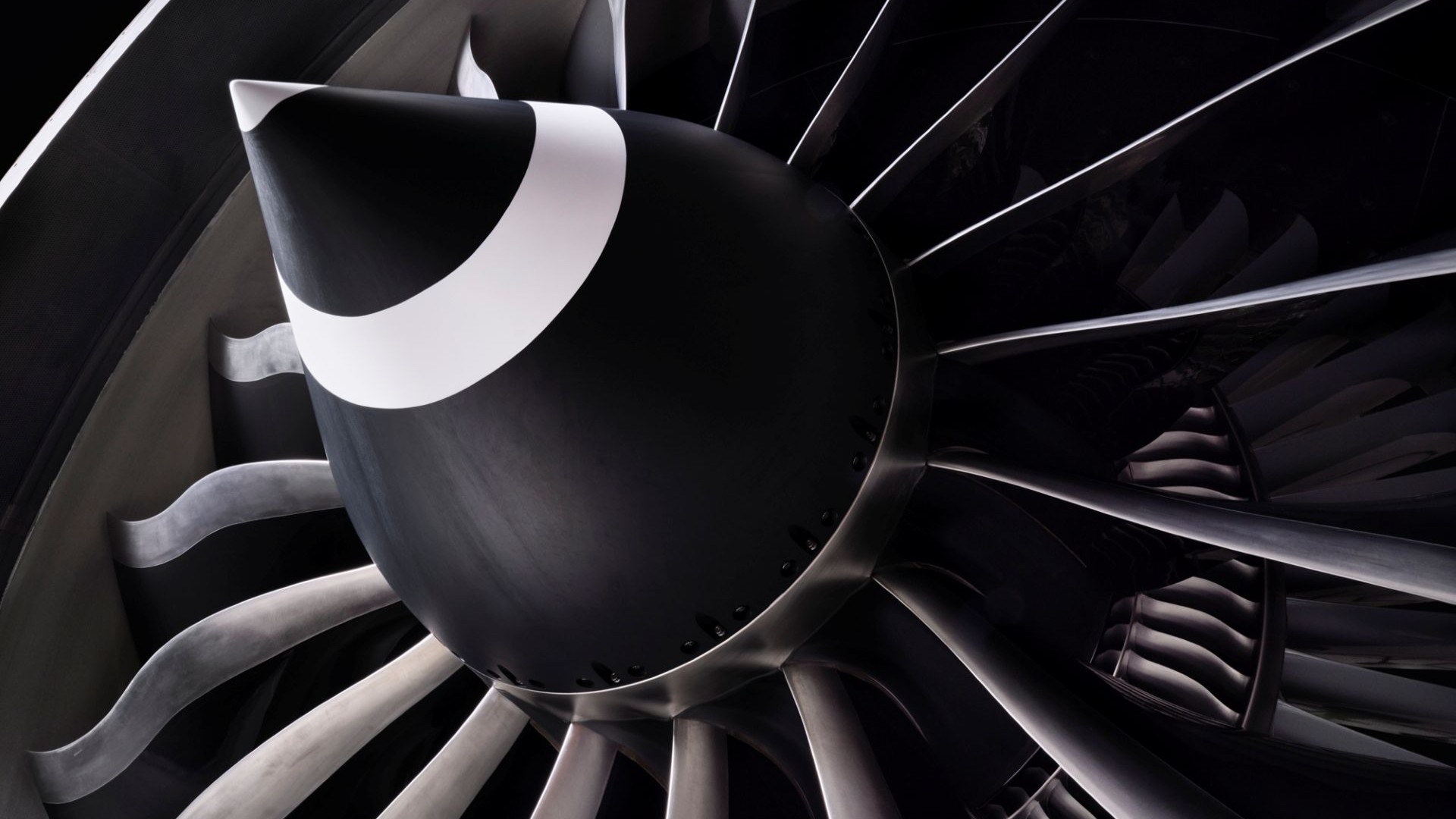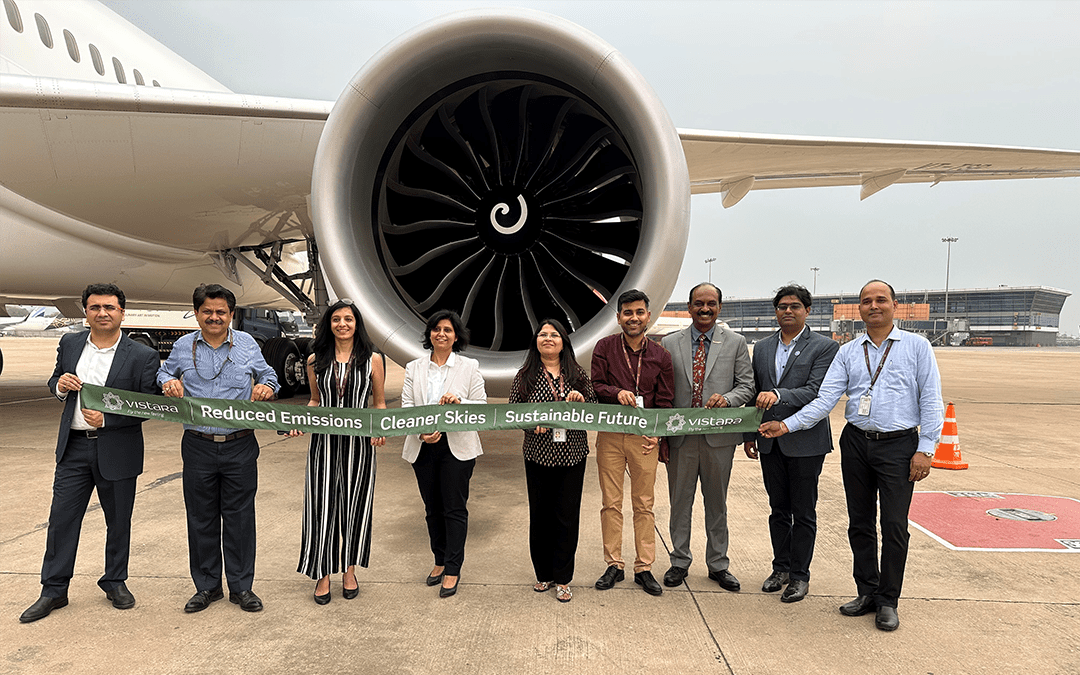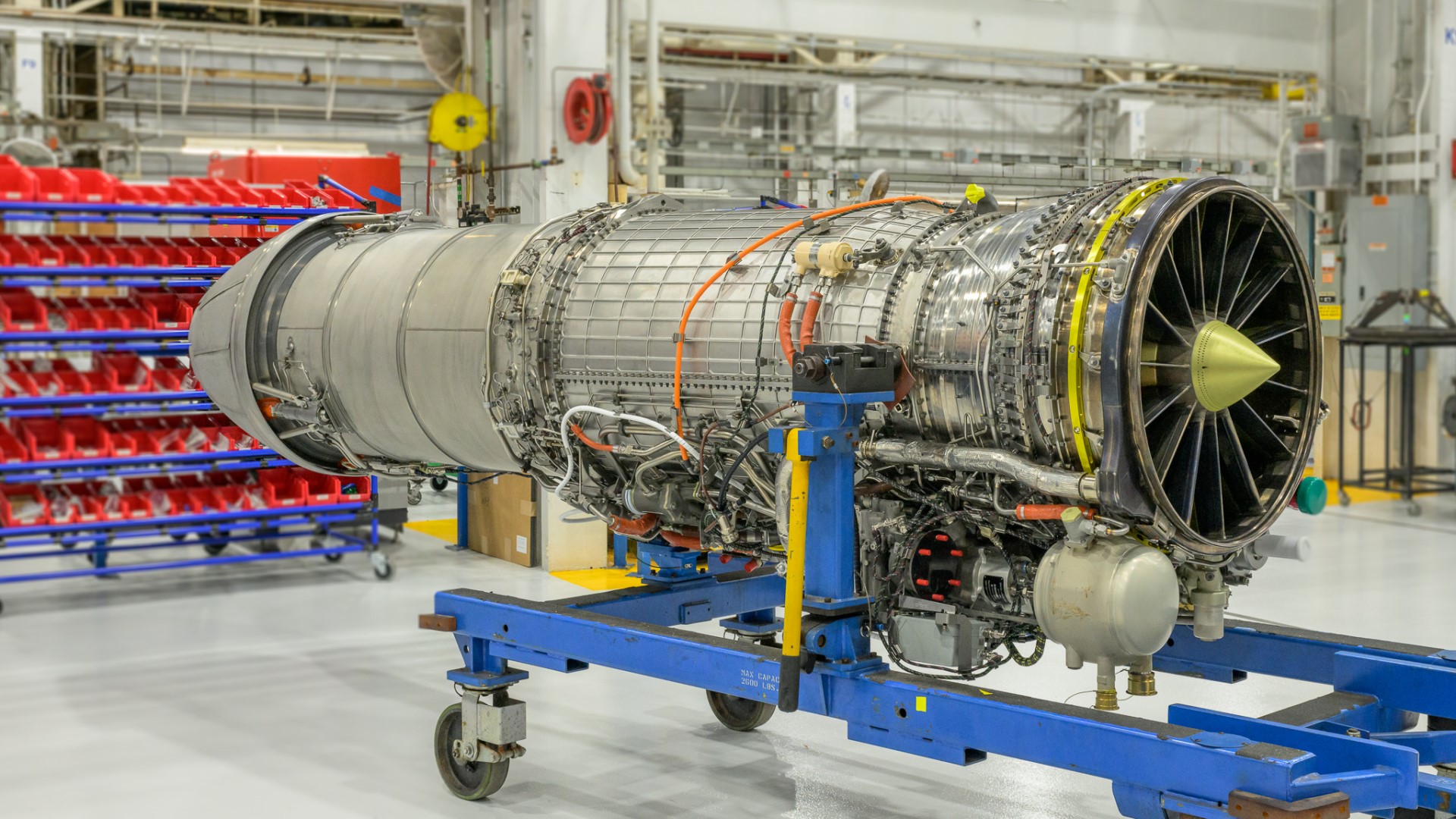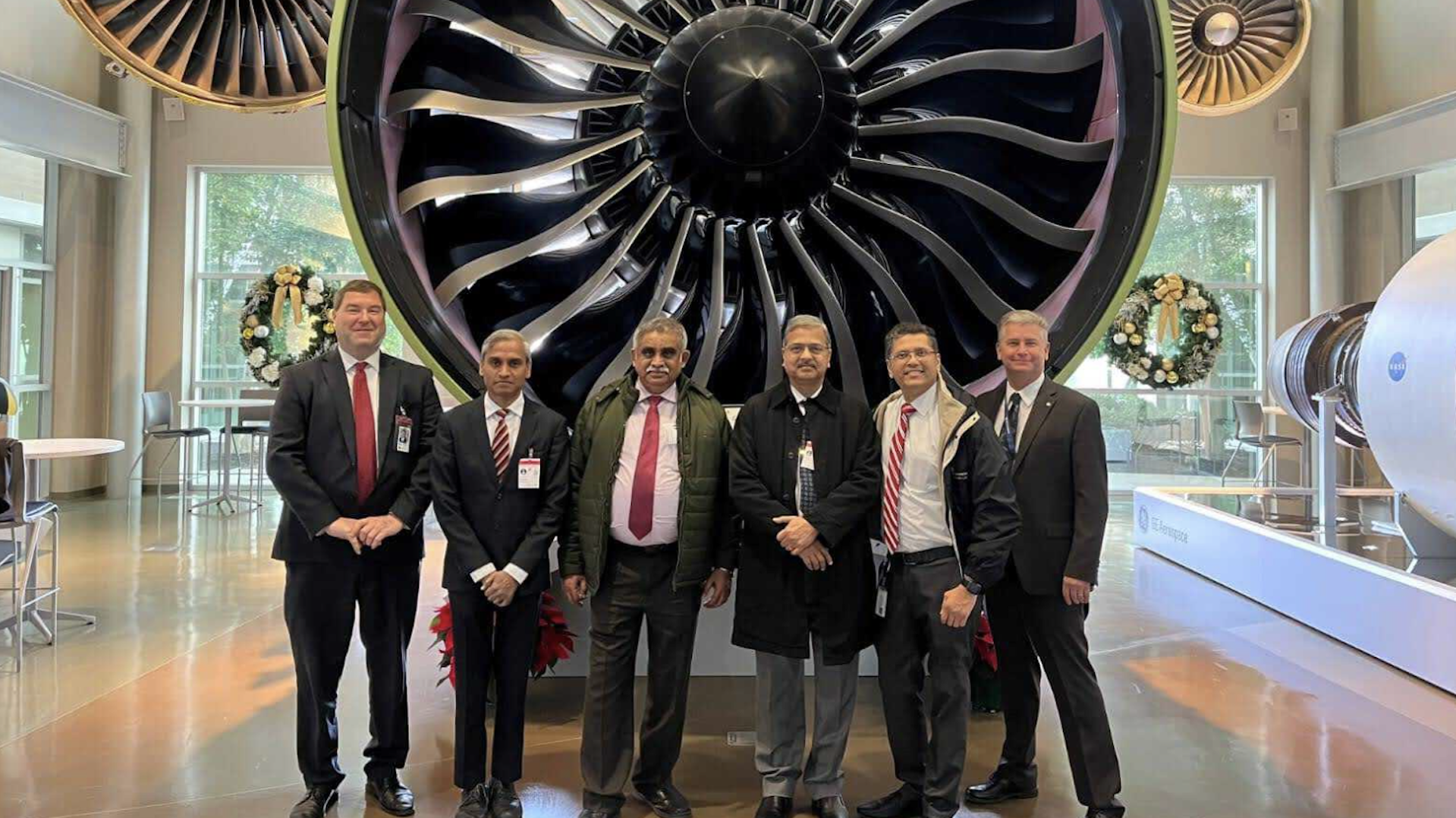Prepping High-Precision Shop-Floor Associates in India: The GE Aerospace Model in Pune
November 5, 2025 | by GE Aerospace Staff
Ruksar Mulani’s story mirrors that of GE Aerospace in India. Fresh after obtaining her mechanical engineering certification, she joined as an apprentice at the company’s multimodal flagship manufacturing facility on the outskirts of Pune, India, just as it was opening in 2015. A lot has happened to both GE Aerospace and Mulani since then. The manufacturing facility has expanded from 120 to over 1,000 employees, developed a comprehensive supply chain network, and grown by leaps and bounds in its capabilities in precision manufacturing and scale.
Mulani enrolled at an engineering college for a graduate degree on her employer’s dime, got married, and enrolled her son at a daycare run by the company — and rose through the ranks. She beams when she says, “For me, everything is here. I have gotten three promotions in 11 years. What more can I ask for?”
Mulani is just one of the approximately 5,000 production associates who have graduated from GE Aerospace’s training program since its inception in 2015. The program is increasingly being recognized by industry peers for its structure and precision and, above all, for inculcating a safety-and-quality mindset among employees. Alumni have moved on to jobs elsewhere in the Indian aerospace and high-tech engineering manufacturing ecosystem or have gone on to set up their own businesses.
GE Aerospace brings on 400 to 500 apprentices a year, about one-fourth of whom are hired by the company after training, says Samir Murgude, human resources director at the Pune facility. “They are in their 20s when they come in, and most of them are from rural backgrounds far from our site,” he adds. Like Mulani, who hails from a village near Solapur, about 280 kilometers southeast of Pune. “We look for apprentices with talent, drive, and a desire to continually learn,” says Murgude. “From there, we show them the ropes.”

Training, Turbocharged
When it started its multimodal manufacturing setup in Pune in 2015, GE Aerospace knew it would be tough to get the highly skilled manpower needed to make complex and high-tolerance parts that go into its jet engines. So it evolved a program to take in large batches of trainees — who are more accustomed to hands-on jobs in manufacturing — and put them through classroom and shop-floor training. Once the training is complete, qualified apprentices with the requisite skills and those who are aligned with GE Aerospace’s high safety-and-quality expectations are offered jobs as associates on its production lines.
“We emphasize technology training and safety and quality equally,” says Abhijit Khandekar, director of operations at the Pune facility. If an individual’s safety cannot be ensured on the shop floor, then quality cannot be delivered to the high specifications needed in the aviation business, he explains. Both, in turn, help the organization meet its customer commitments.

The training building houses a “Weld School” and stands a short distance from the shop floors on the 70-acre Pune campus. Classrooms with smart screens help students refresh what they learned in their high school engineering certification courses, typically in mechanical, electrical, automobile, mechatronics, and similar disciplines. The classroom training covers safety awareness, basic technical training by a “buddy” (typically a second-year trainee), soft skills such as punctuality, collaboration, and communication, problem-solving skills like root cause analysis frameworks, and a focus on quality. After about four months, apprentices are gradually introduced to metal joining on hardware.
Simulators to Hone Precision Skills
Adjacent to the classroom facilities is a welding simulator. Here, apprentice metal joiners learn a precise technique called TIG (tungsten inert gas) metal joining to make welds that are tiny yet precise. Why the simulator, which is an expensive piece of equipment? Because the consumables — the brazing and filler metals used in the process — are costly, and using them imprecisely without mastering the skill can be a waste of precious training dollars. Once apprentices get the hang of TIG welding, they progress to metal joining on hardware.
During the second year, focused on on-the-job training, apprentices acquire advanced technical skills, progressing through four levels of skill ratings and leadership training before being hired and, over time, becoming eligible for graduate engineering support from the company.
The company supports those with high school engineering certification to pursue an engineering degree while working at GE Aerospace. The Emerging Leadership Program (ELP), which covers time off for education and tuition costs, is a big draw, although it is not easy to get into: Only two or three out of every 150-plus applicants make the cut. And once trainees get into an engineering course under the ELP, they must manage work with studies.
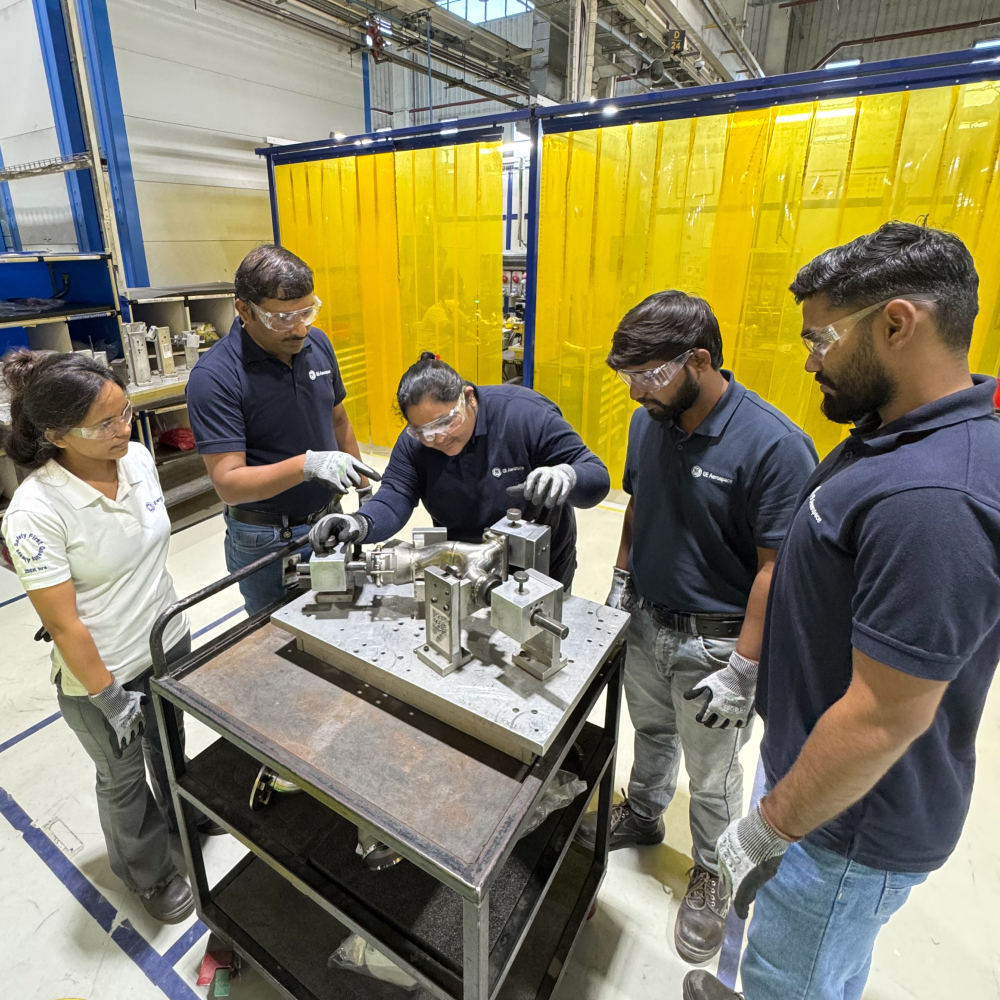
Take Aniket Godse, who joined GE Aerospace at Pune in 2017 as an apprentice. “I had support from my manager on being assigned work shifts at night, which freed me to do practical sessions in college,” he says. Attending college classroom sessions on weekends made for grueling weeks. It was well worth it: “I became assistant manager of quality in 2023,” he beams.
GE Aerospace plans to widen its hiring funnel in the future to identify talent on college campuses by providing on-site metal joining simulators. Says Manufacturing General Manager Loni Mahantappa, “The metal joining simulator is impressive when it comes to training and assessing raw talent. We hope to bring on people who already have experience with it to speed up onboarding.”
With the demand for skilled hands in aerospace manufacturing set to climb sharply in the coming years as India pivots to becoming a precision engineering destination, initiatives such as these will add to the competitiveness of GE Aerospace, Pune, and India as a whole.
